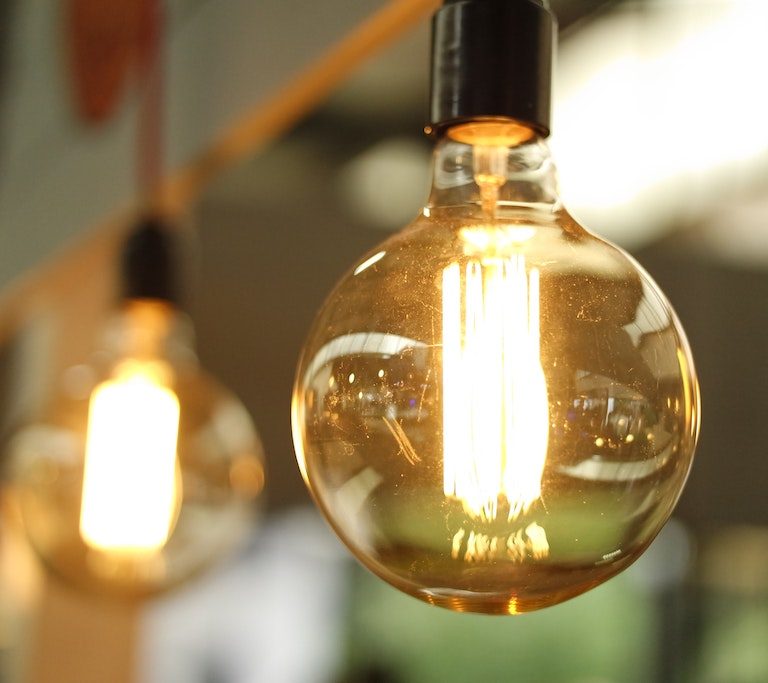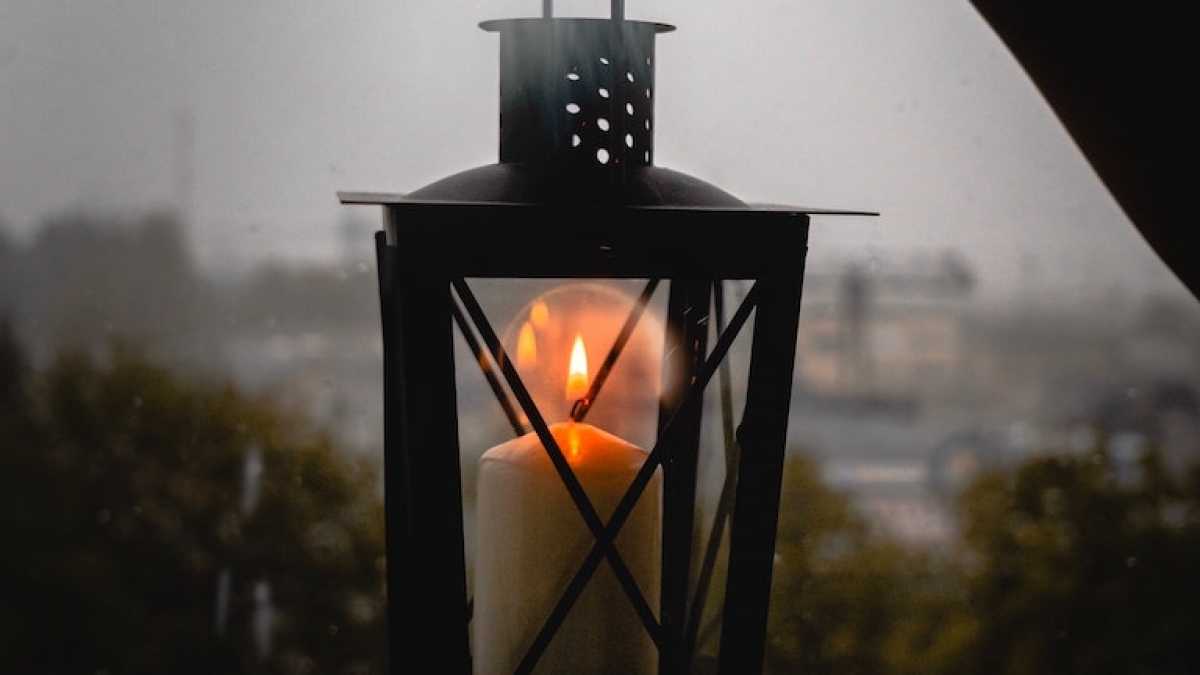South Africa Lost R120 Billion to Load Shedding in 2019
A recently updated CSIR study revealed that the South African economy lost between 60 and 120 billion Rand due to load shedding power outages. These figures represent losses of between 1 to 2% of South Africa’s 2019 GDP. The estimates do not include power outages due to equipment failures from an aging infrastructure or cable theft.
These supply gaps are predicted to persist through to 2025, even assuming the IRP 2019 planned capacity comes online. The impact of this ageing infrastructure is already being felt with the load-shedding in 2020 already having surpassed that experienced in 2019 (1 383 GWh so far vs. 1 352 GWh in 2019).
The rapid escalation of load-shedding events this week, just as the country is opening up from the Covid-19 lockdowns, demonstrates that home and business owners can scarce-afford to sit by and hope that Eskom will get its house in order. In order to mitigate the potentially devastating impacts of load-shedding on businesses and lifestyles, electricity users have to take proactive and effective action that is within their control. One of the immediately feasible actions that the CSIR recommends is the active increase in energy generation by consumers. This will be in the form of small scale embedded generation and embedded generation by residential, commercial and industrial customers. That means residences and businesses who can afford it should take steps to generate and store energy in order to help reduce the supply-gap shortages that Eskom is going to experience in the next 5 years.
So, practically, how should home owners and businesses go about acquiring their own embedded generation safely and cost-effectively?
The 3 Steps to Your Own Embedded Energy Generation

For residential customers, one of the key impacts of load-shedding could be the possible loss-of-income as load-shedding impacts on your ability to deliver on your commitments if you are working from home. The regular switching of the distribution infrastructure (switch-gear) will also impact its reliability, leading to potentially further power-outages as the equipment starts to fail because of the frequent load shedding.
The biggest impact of the Eskom situation on residential customers will be the high tariff increases as Eskom struggles to maintain and repay its debt. A 25% increase is being already mulled for 2021.
So your first step as a residential customers would be to determine how much electricity is going to cost you in the next 5 years. An assumption of 10% to 15% annual increases is quite realistic at this stage. This means that for a household paying R 1 500 per month for electricity now could be paying between R 2 196 and R2 623 per month by 2025. That is between 46% and 75% increase on your current bill. If your household net income does not increase by the same level, where are you going to make cuts to meet your electricity bill needs?
The same applies to businesses. As a business owner or manager, do you know how much load-shedding costs you? In a surprisingly large number of businesses, north of 90%, business managers do not know their downtime costs. Do you know yours? If not, it should be top priority for you to have your downtime costs at your fingertips. This is a number that once determined, can be used to inform a number of critical business decisions around asset management. Downtime costs can be calculated in any number of ways; the value of production output lost, revenue lost or the fixed costs of the business such as rent or idle labour costs. Chose a simple one to begin with and refine it as appropriate.
Let’s take an example of an SME manufacturer who generates 60 million in revenue annually. The downtime cost expressed as lost revenue per hour would be R 7 142 per hour. It is not far-fetched to find that a business may lose between 100 and 500 hours of production due to load shedding and power outages in a typical year. That translates to between R 714 200 and R 3 500 000 in lost revenue per annum. Add to this product rework costs, missed deliveries and the cost quickly become significant. What business manager chooses to take an avoidable 6% knock in their revenue? Yet that is exactly what most business owners are doing when they do not take action to protect their assets against the ravages of Eskom’s poor performance.
Step 2: Reduce Your Energy Consumption

Before you install a solar PV system to generate your owen energy, take the time to reduce your home or business’ power demand. This means implementing as many energy efficiency interventions as you can in the short-term and having an energy management plan with increased energy efficiency measures in the medium term.
Take for example a household with a 5 kW peak energy demand. If they have, say thirty 50W down-lighters, and they change them to 5 W LED down-lighters, they immediately reduce their peak demand by 1.53 kW. A 5 kW residential hybrid solar PV with storage can easily cost R 250 000 or R50 000 per kWp (Note the unit cost varies widely with the type of system). With this simple change, they could easily knock off approximately R 67 500 (27%) from their solar installation costs at a mere cost of R 4500 (assuming R150 per LED bulb)! Going energy-efficient really pays!
Action: Get an energy efficiency assessment done for your home or business and implement as many of the interventions as you can afford before looking to solar.
Step 3: Get a Reputable Installer to Evaluate Your Property and Install the Right Solar PV System
Now that you have reduced your energy demand and your energy bills, you can begin looking at getting your own solar generation system. The solar system should preferably come with storage for in order to be able to generate power during load-shedding, at least snout to power your critical loads.
The best way to do this is to get a professional installer with a track record and supporting credentials to evaluate your property and design and install the right solar PV generation system for your needs. Your installer should be understand not only the technical but the legal requirements and help you with registering your system with the authorities. They should also be able to offer you a variety of financing options, from cash purchases to leasing and power-purchase agreements. By installing your own solar system, your electricity costs from the solar PV portion will be lower than the Eskom or municipal rates and these savings compound as the Eskom rates keep escalating. Your solar system can last you between 20 and 25 years and can be easily paid off in between 6 and 8 years depending on your current tariff and the system chosen.
Finding a reputable installer and comparing offers can be a frustrating and confusing experience on your solar journey. That is why we have created energyFundi, a platform that connects property owners looking with professional solar installers in South Africa. By using energyFundi, you can register your property once and professional solar installers will compete for your business, ensuring that you find the best deals from vetted installers. Furthermore, you get free tips and advice on all things solar.
Action: Find a reputable solar installer to install your solar PV system. Make use of free services like energyFundi, to get connected to pre-screened, vetted, reputable installers.

